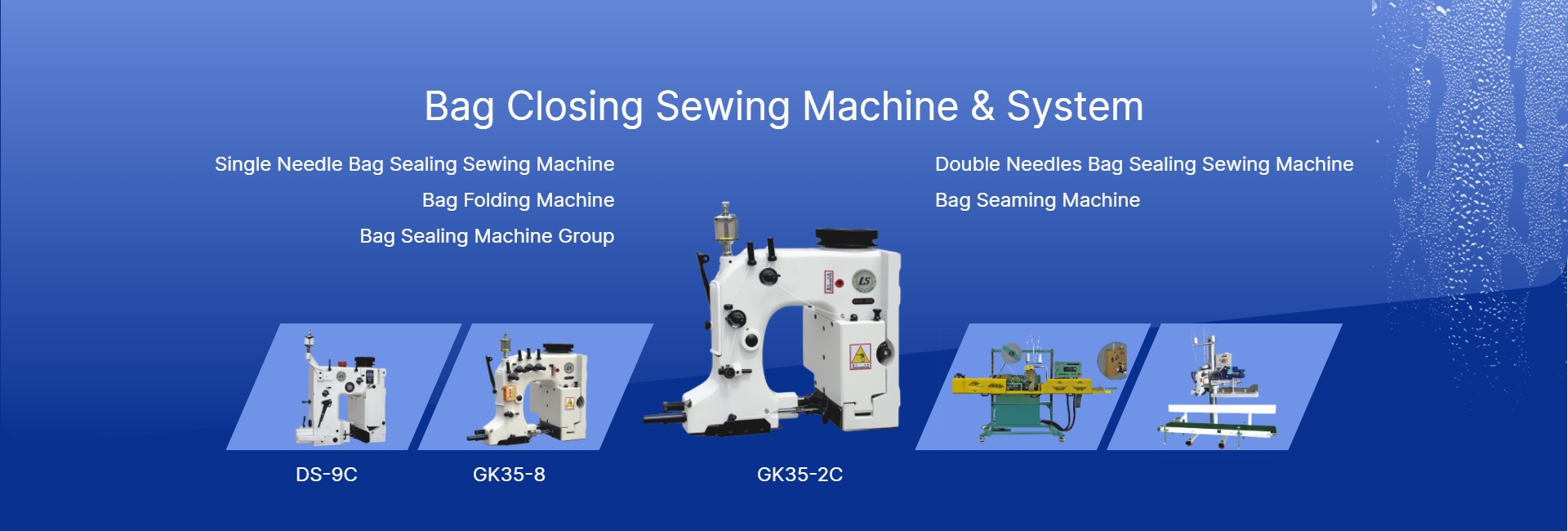Innovative Techniques for Mastering Saddle Sewing Machines in Crafting Leather Goods
The Evolution and Significance of Saddle Sewing Machines
Saddle sewing machines have become an indispensable tool in the leatherworking and manufacturing industries, specifically designed for crafting items such as saddles, belts, wallets, and bags. These machines are engineered to handle heavy materials efficiently while providing precision and durability, factors that are crucial in the production of high-quality leather goods. Understanding their evolution and significance requires a look at both their mechanical development and their impact on craftsmanship.
Historically, the need for robust sewing solutions emerged in the 19th century, coinciding with the rise of the leather industry. Early craftsmen relied on hand tools, which, while effective, were labor-intensive and time-consuming. The introduction of sewing machines revolutionized this process. However, conventional sewing machines struggled to handle thick materials like leather. This gap led to the invention of specialized saddle sewing machines designed to accommodate these heavier fabrics.
The first saddle sewing machines were characterized by their distinctive walking foot mechanism. This technology allowed the presser foot to move in sync with the needle, ensuring that multiple layers of leather could be fed evenly through the machine. The use of two needles was also common, enabling craftsmen to create strong, secure stitches essential for durability. These innovations made it possible to produce items that could withstand the rigors of daily use, particularly in equestrian applications.
saddle sewing machine

As technology evolved, so too did saddle sewing machines. Modern models are now equipped with features such as electronic controls, programmable settings, and advanced needle systems. These enhancements allow for greater precision and adaptability, enabling artisans to create detailed designs that were previously unattainable. Furthermore, advancements in materials have improved the machines’ durability, making them more reliable for heavy-duty production.
One of the most significant advantages of using saddle sewing machines is the quality of the stitch they produce. The strong, consistent stitching they offer is vital in preventing seams from splitting or breaking under pressure. For industries reliant on leather, this means an assurance of quality and longevity in the final product, essential for maintaining customer satisfaction and brand reputation.
Moreover, saddle sewing machines have also embraced eco-friendly trends. Many manufacturers now produce machinery that minimizes waste and energy consumption, reflecting the industry's commitment to sustainability. This consciousness towards the environment not only helps reduce the carbon footprint of leather production but also attracts a growing number of environmentally conscious consumers.
In conclusion, saddle sewing machines hold a significant position in the realm of leathercraft and manufacturing. Their evolution from basic mechanical devices to advanced, multifunctional equipment reflects the needs of an industry that demands both quality and efficiency. By marrying traditional craftsmanship with modern technology, saddle sewing machines enable artisans to produce beautifully crafted leather goods that withstand the test of time. As we move forward, the innovations in this field will undoubtedly continue to enhance both the artistry and durability of leather products, ensuring that the tradition of saddle sewing remains alive and thriving.
-
Industrial Cylinder Arm Sewing Machine: Revolutionizing Heavy-Duty SewingNewsJul.28,2025
-
Cylinder Arm Sewing Machine: Perfect for Special Sewing ApplicationsNewsJul.28,2025
-
Cylinder Bed Sewing Machine: Essential for Sewing Complex MaterialsNewsJul.28,2025
-
Heavy Duty Sewing Machine: The Essential Tool for Industrial ApplicationsNewsJul.28,2025
-
Computerized Pattern Sewing Machine: Revolutionizing Precision StitchingNewsJul.28,2025
-
Heavy Duty Industrial Sewing Machine: Power Meets PrecisionNewsJul.28,2025
-
Leather Sewing Machine: The Industrial Standard for Tough MaterialsNewsJul.18,2025





























